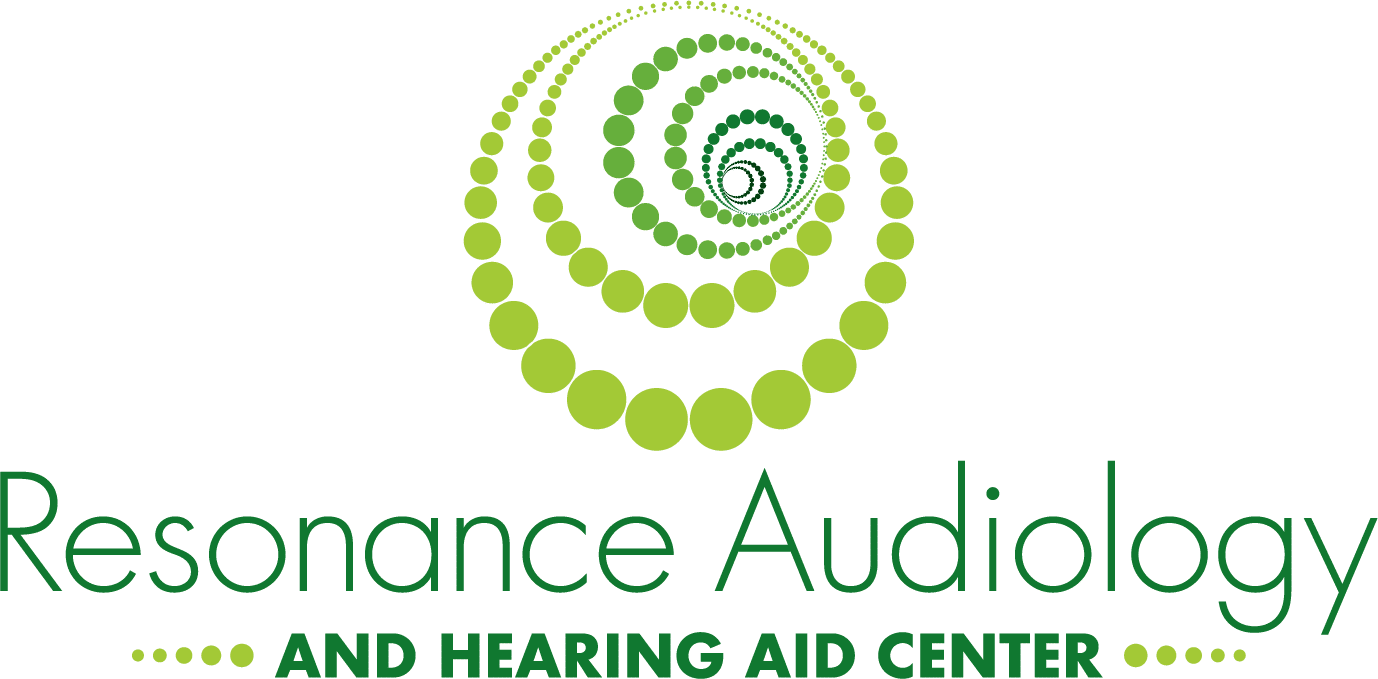Otoacoustic emissions (OAE) are extremely soft sounds that are emitted by the hair in your cochlea when sounds pass through them. They are a great indicator of normal hearing and are often present in those with normal hearing. In people with hearing loss, they are either reduced in volume or not present at all.
When are OAE tests used?
OAE tests are used to assess the hair cell function in the cochlea for the following:
- Any patient who is having a difficult time accurately responding to a traditional hearing test
What will happen during the test?
The OAE is a very easy test for the patient that typically does not take long to administer. A probe is placed in the ear and very soft sounds are emitted in the ear through the probe. The probe will then measure the loudness of the sound or “echo” sent back from the hair cells in the cochlea. The prove will then measure how robust that echo is and will objectively determine if the hair cells in the cochlea are functioning appropriately or not.
Types of OAE’s:
- Distortion Product Otoacoustic Emissions (DPOAEs) utilize pure tones to measure the response from the hair cells.
- Transient Evoked Otoacoustic Emissions (TEOAEs) utilize clicking sounds or tone bursts to measure the response from the hair cells.
- DPOEs tend to be more reliable in measuring cochlear hair cell function below 1.5kHz and TEOAE’s tend to be more reliable in measuring cochlear hair cell function about 4kHz.
To learn more about OAE’s please schedule an appointment with our audiologist, Dr. Horan.
Call us at (717) 925-6112 and we will be happy to answer any questions you may have or click here to send us a message.
